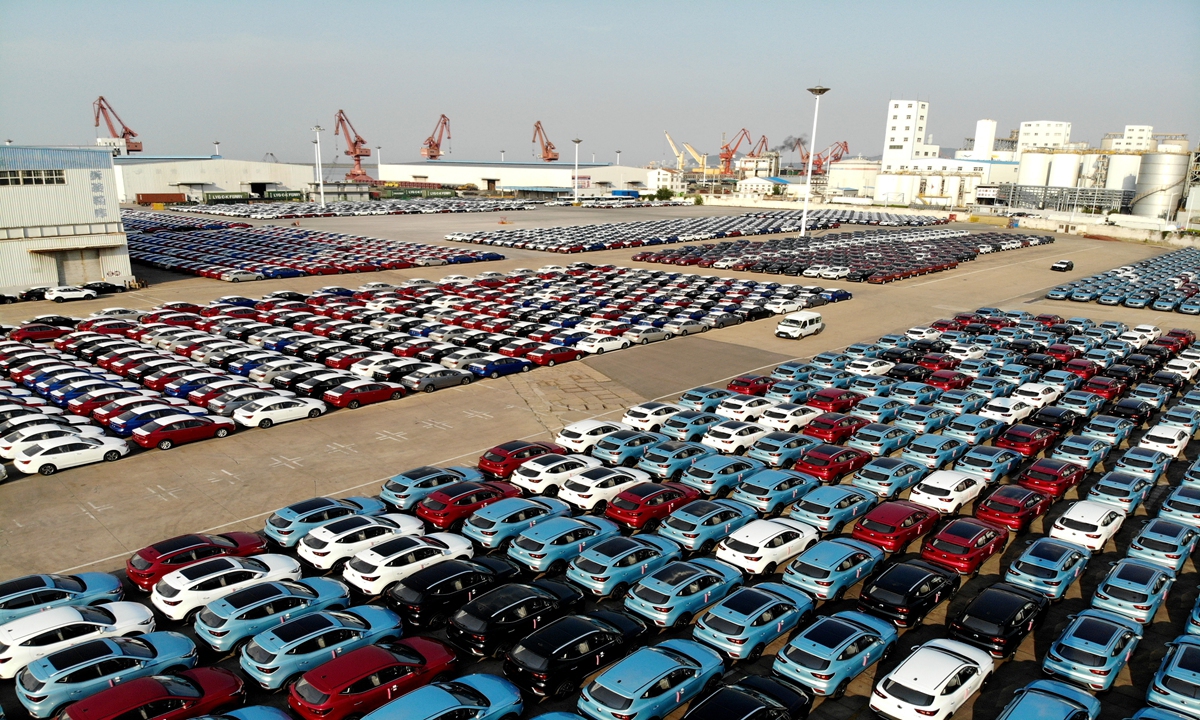In April, China’s car exports reached a record high, while sales within the country dropped by 5.8% compared to the previous year. People were hesitant to buy big items due to intense price competition and economic uncertainty.
The China Passenger Car Association (CPCA) reported a 38% increase in car exports, reaching 417,000 units. Despite an EU investigation affecting exports to Europe, China has been exploring markets in South America, Australia, and ASEAN countries.
Competition in China’s domestic market is increasing, and local automakers must decide whether to focus on overseas markets or risk losing out.
In April, passenger vehicle sales in China fell by 5.8% compared to the previous year, totaling 1.55 million units. This was a 9.6% decrease from March. Despite efforts by automakers to maintain production levels, there was an increase in inventory at dealerships.

Although sales of new energy vehicles (NEVs) reached a new high, with a record 43.5% of total car sales, electric vehicle (EV) sales were slower than plug-in hybrid electric vehicles (PHEVs).
EV sales increased to 12.1% in April, while PHEV sales grew by 64.2%. However, this was lower than the growth rate in March. PHEVs, which make up 57% of BYD’s car sales, have been driving the company’s success.
China’s share of the global PHEV market reached nearly 70% in the first quarter, while Japanese automakers, known for hybrid technologies, only captured 1.9% of the market.
Despite a price war involving over 40 brands, demand in China is slowing. To attract consumers, China is offering subsidies for auto trade-ins and some automakers, like Tesla and BYD, are offering popular models with no down payments.

